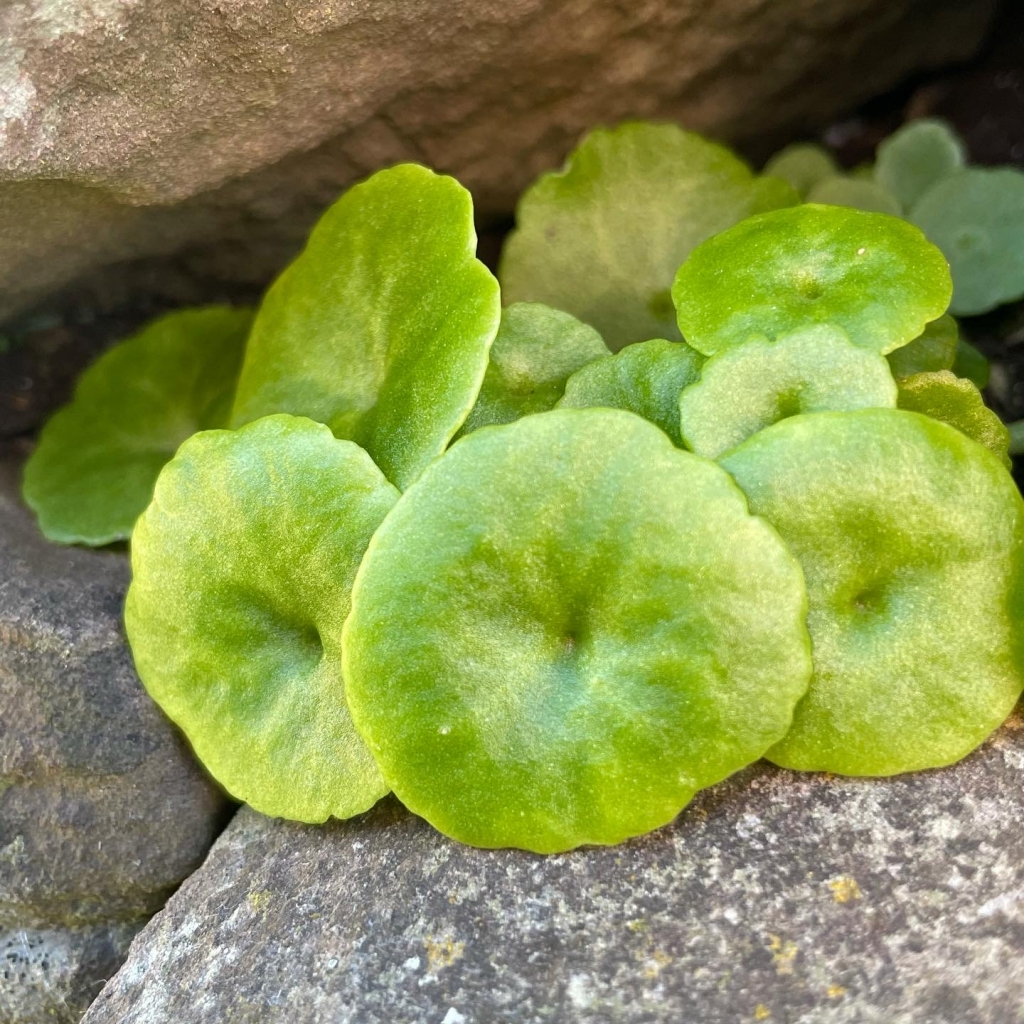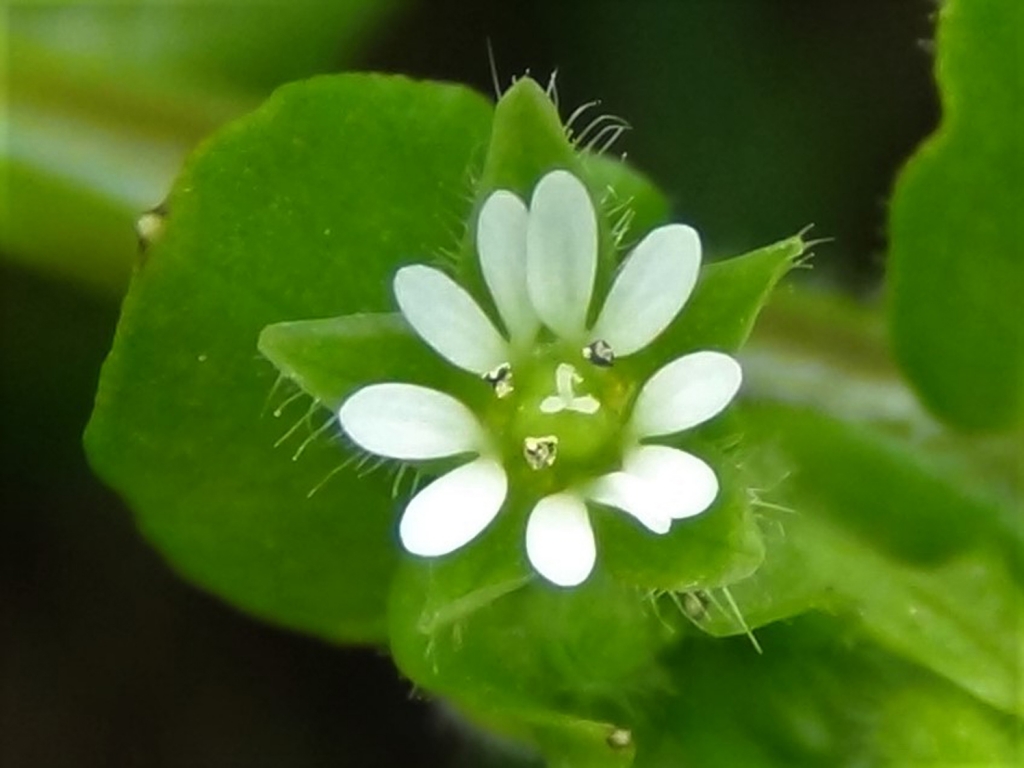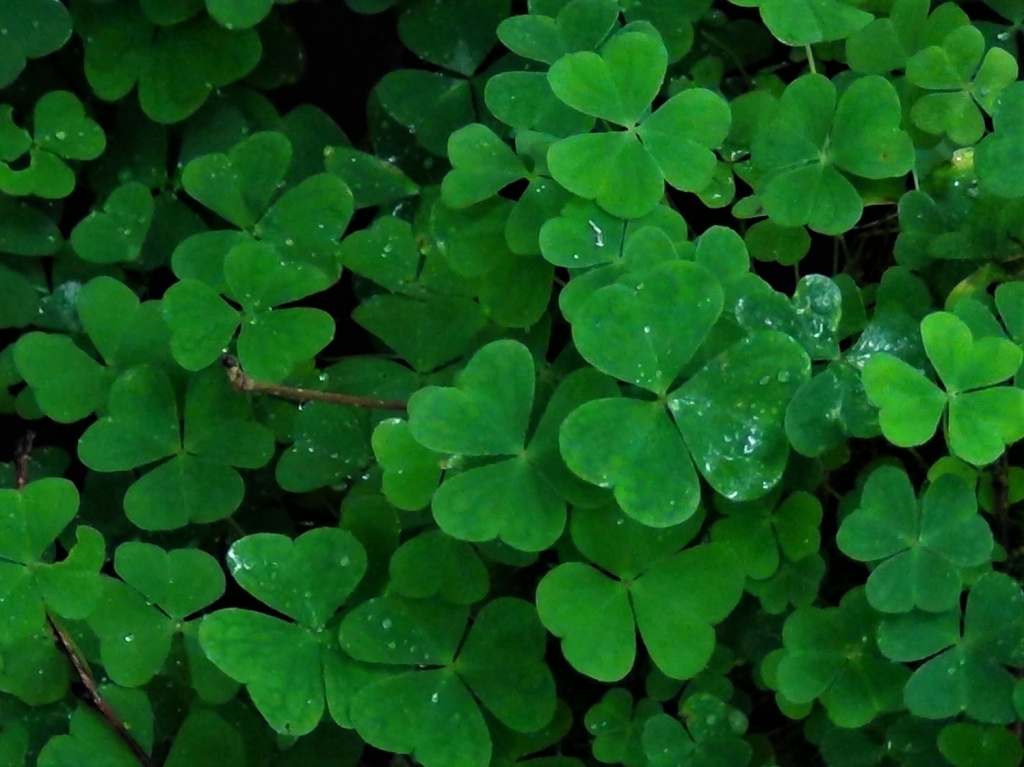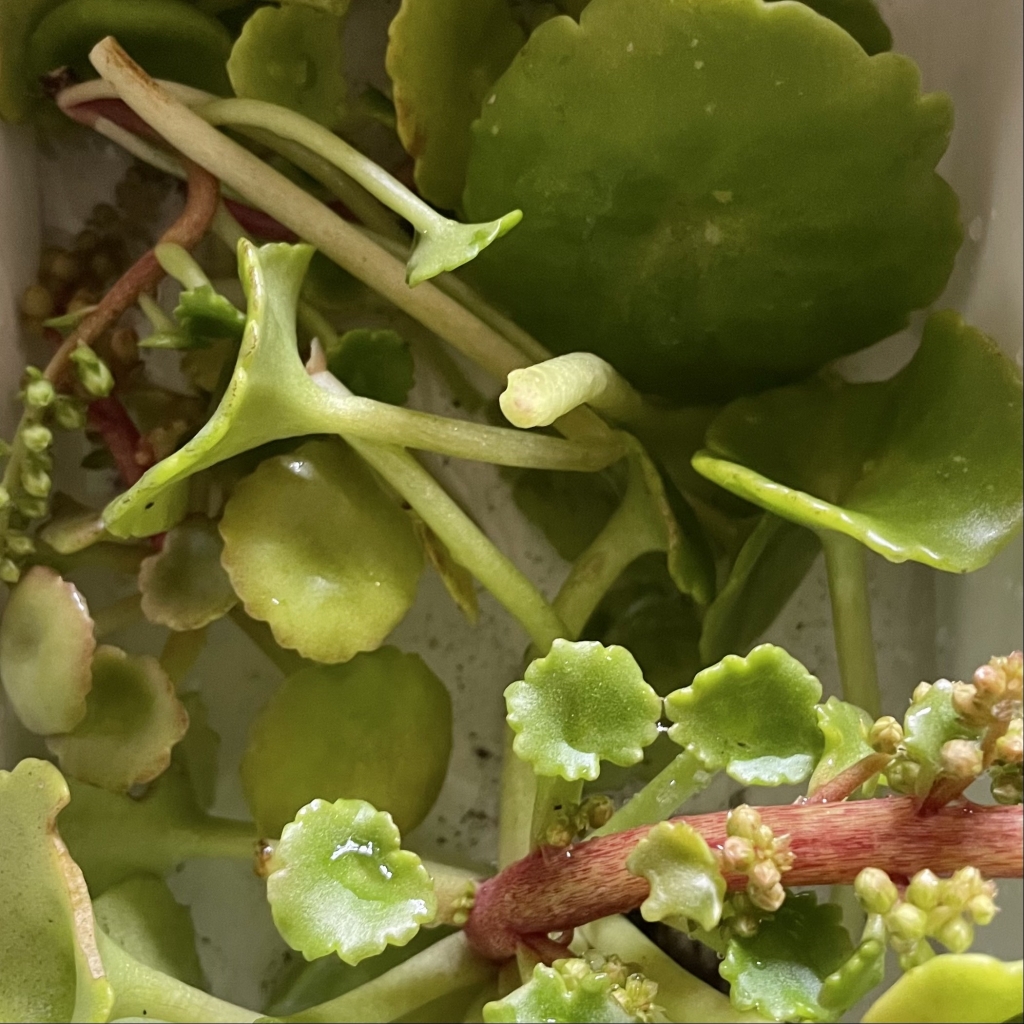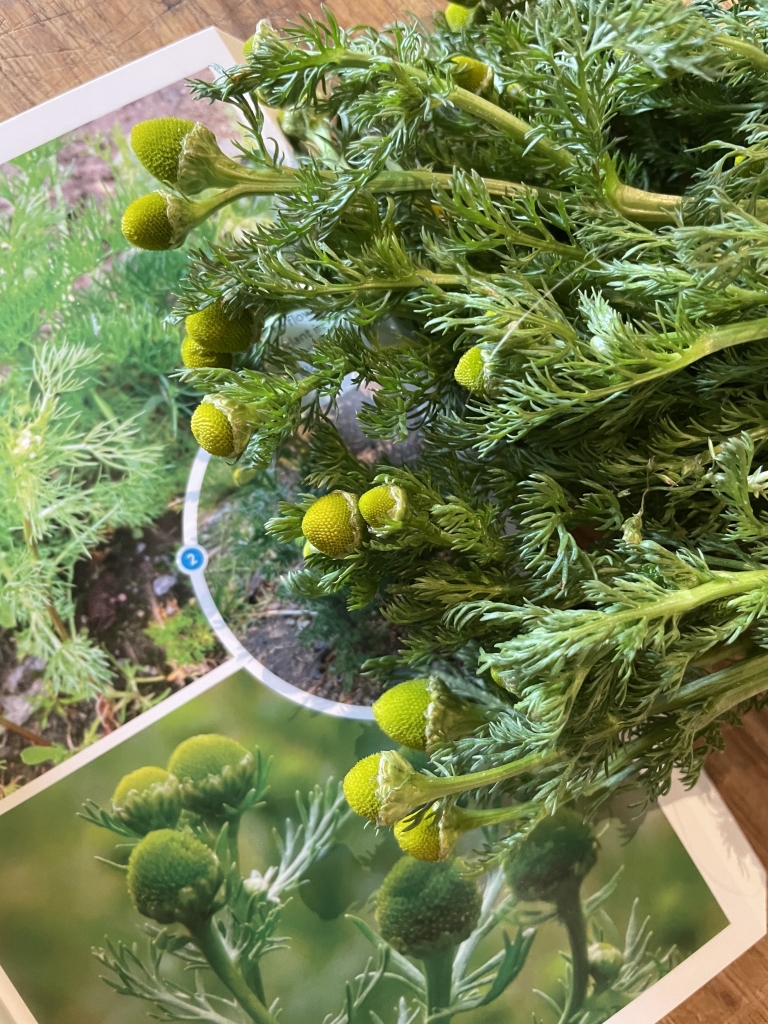Foraging in June 2021
Posted on 28th June 2021
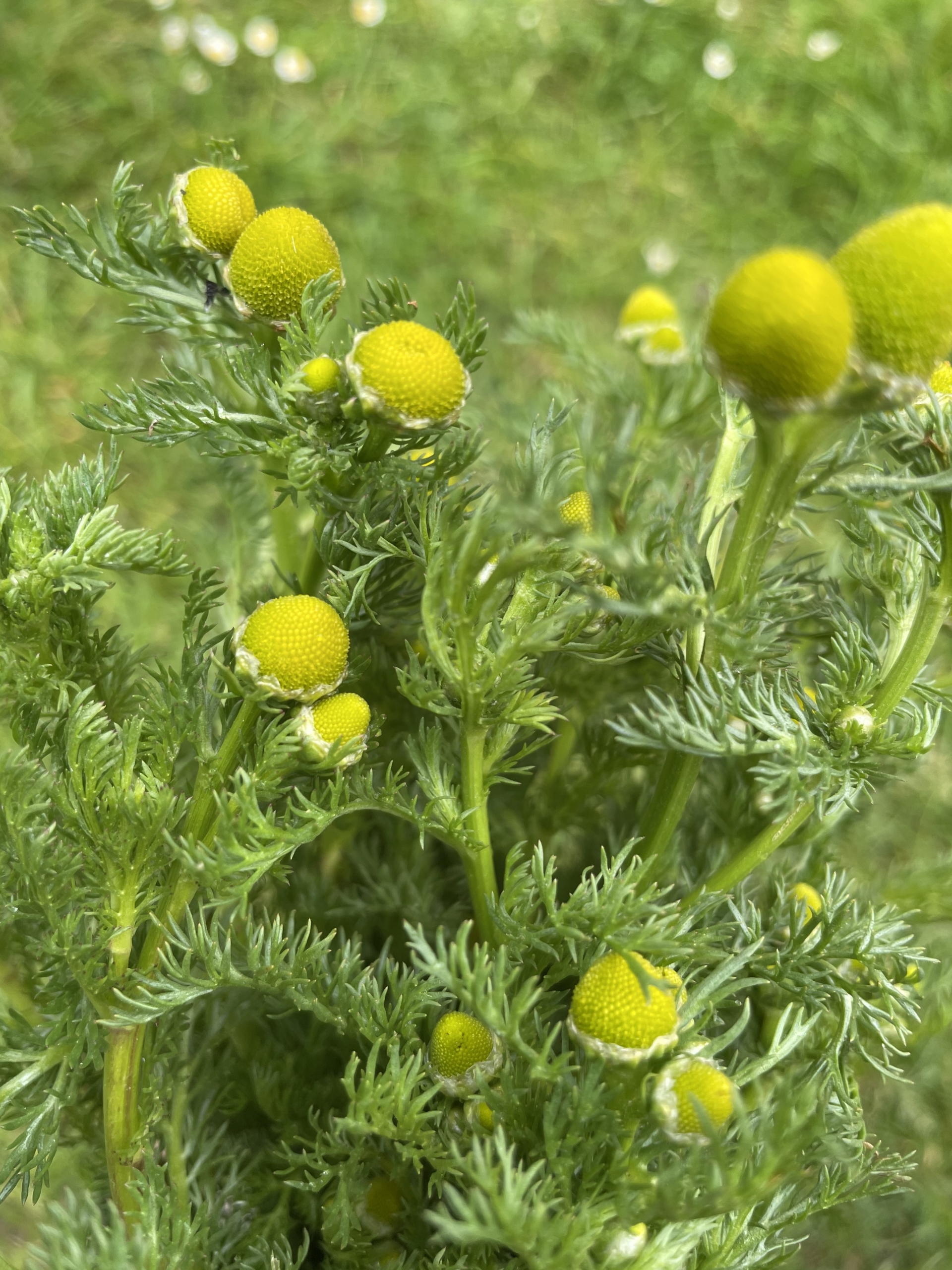
J U N E
Foraging in June: Here are a few edibles that we’ve found this month.
Here’s a few snippets of what we’ve been spotting at the moment. We’ve included a few plants and mushrooms we’ve found while foraging this month.
Why not have a go at spotting them yourselves.
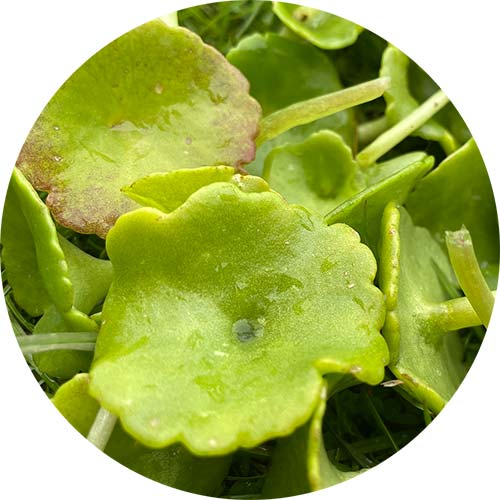
Scientific name: Umbilicus rupestris
This plant is often referred to by its common names as; Pennywort, Navelwort, Wall Pennywort, Penny Pies
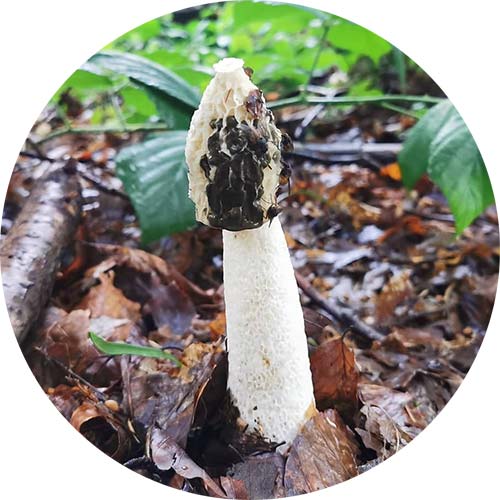
This little plant was spotted this month hiding in the wall, they love damp rocks crevices, shady walls and sometimes seen growing from tree stumps. Foraged from March through to October.
Scientific name: Phallus impudicus
Foraged from June through to November
This mushroom definitely lives up to its name, often Smelling them before you spot them. This stinky mushroom, at the egg stage, is reported as edible however we don’t choose to eat this mushroom as the smell is putrid and most unappetising.
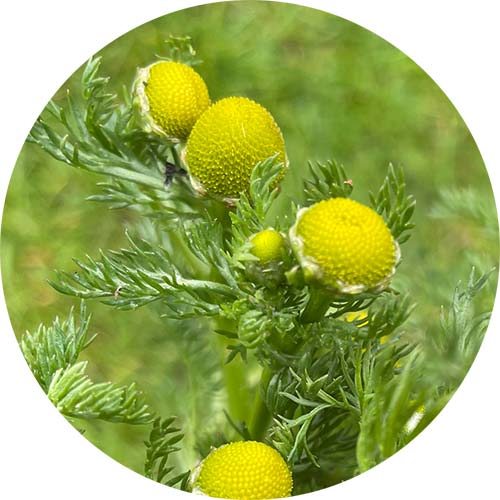
Scientific name: Matricaria discoidea
This plant is often referred to by its common names as; May weed, wild chamomile, pineapple weed.
This plant can be found in tough environments and prefers to grow In poorer, compacted soil. Likely foraged from May through to October.
Pineapple weed has some fantastic uses and makes the most delicious fruity tea!
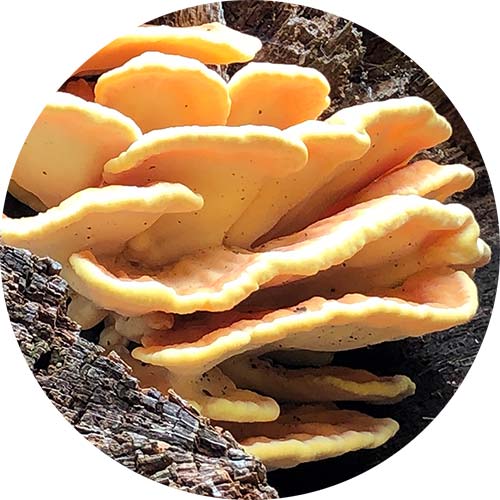
Scientific name: Laetiporus sulpnureus
Also known as: sulphur polypore. Often discovered growing in large tiers from May through to September on tree trunks and stumps. This is a fairly common, edible mushroom.
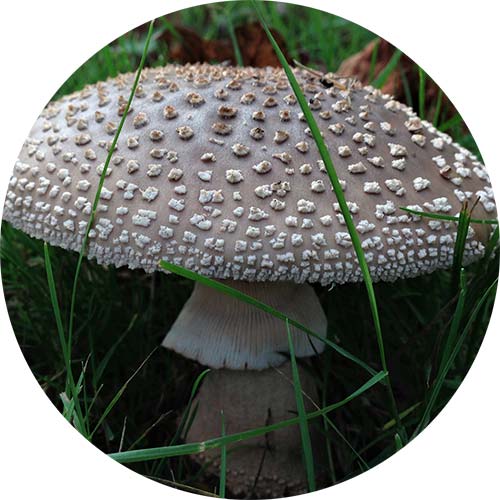
Scientific name: Amanita rubescens
Available through spring and summer – May through to November
Common and available before many other species are out, this is a good eating mushroom but must be cooked before consumption. Great care should be taken when identifying this fungi.
We do not recommend this mushroom for novice/ beginner foragers because it if difficult to distinguish its poisonous look-a-likes (see our sister site: www.wildfooduk.com for more information).
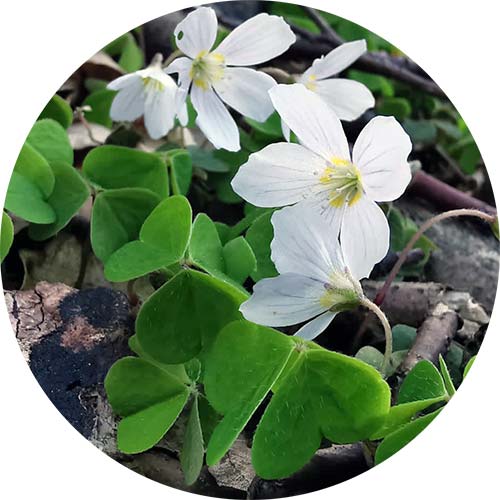
Scientific name: Oxalis acetosella
This plant is often referred to by its common names as: Wood Sorrel, Fairy Bells, Wood Sour and Cuckoo’s meat
Heart shaped leaves with a perpendicular stem descending from the middle a little like a clover with delicate green or red stems and small 5 petal, white flowers. Wood sorrel has a sharp and sour in taste, something like apple peel and lemon which is very pleasant when thirsty. wood sorrel is a refreshing snack whilst out foraging.
You can forage for these tasty treats all year round on woodland floors and hedgerows. Damp and shady, undisturbed places help this plant to thrive.

Scientific name: Stellaria media
These plants can be found almost anywhere and at anytime of the year. Common Chickweed is often referred to by its common names as: Starweed, Craches, Chickenwort, Maurens and Winterweed. This is a very common and easy to identify for a novice forager. Common Chickweed is widespread and can be found throughout the year. It’s great for use in salads and has a flavour similar to that of lettuce
Happy foraging everyone!
If you’d like to know a little more about our finds please head over to our sister site, Wild Food UK to see their very helpful mushroom and hedgerow guides
*please note that photos vary to every hedgerow*.
Please let us know if you need any assistance or information and remember to stay safe and never eat anything unless you’re 100% sure it is safe to do so.
